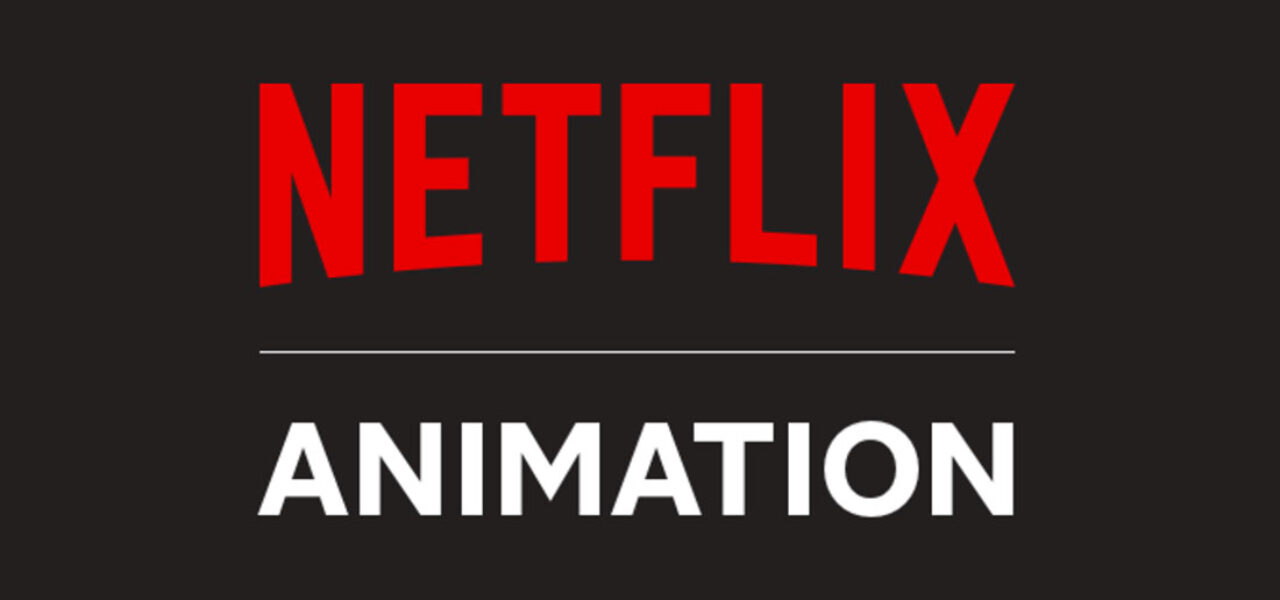

Netflix To Release Six Original Animated Features Every Year, Says Co-CEO Ted Sarandos
If you think Netflix is producing a lot of animation, well, you ain’t seen nothing yet.

The streaming giant is gearing up to release six original animated features a year, according to Netflix co-CEO Ted Sarandos in a new interview with Variety.
“Our animation ambition right now is not just to step up and be as big as someone who’s doing it today,” said Sarandos. “We’re on a path to be releasing six animated features a year, which no major studio has ever done, on top of the very healthy slate of animated series.”
He added, “The way we think about those things is not to say, ‘Well, how do we do it like someone else has done it?’ Because no one’s ever really done most of these functions at the scale that we’re doing, and the only way you could do that is to have a really trusted team, who will make decisions and take them seriously and own them.”
As Sarandos says, the idea of six animated features from a single company is completely unheard of in the animation industry. Consider that Netflix only released its first original animated feature last year, Klaus, and it will release only two films this year — The Willoughbys and the upcoming Over the Moon.
But behind the scenes, the company has been rapidly putting animated features into production over the past three years, and sources inside the company have told us that they may reach the six-films-per-year goal as early as 2022.
While Netflix’s first three animated features have all been solid efforts — and in the case of Klaus, a technical marvel too — the films have also been relatively safe entries in the family film genre that haven’t done much to expand the audience for the art form. That should change with the studio’s forthcoming slate, judging by the titles that have already been announced, including titles by Richard Linklater (Apollo 10 1/2: A Space Age Adventure), Guillermo del Toro (Pinocchio), Nora Twomey (My Father’s Dragon), and Henry Selick (Wendell and Wild). Cartoon Brew understands that the unannounced slate is even more diverse, and includes more women directors as well as less-established feature directors.
The voluminous amount of features is possible because of a strategic decision that Netflix made about its animation division early on, and that was to forgo a house style in favor of a diversified approach to technique and content. So, while Netflix Animation is the entity that oversees the production of the films, many of the films are being primarily developed at other studios around the globe, with relatively less top-down oversight than the traditional U.S. studio system where every stage of production is closely supervised in-house.
The downside to this, at least from a business perspective, is that Netflix’s feature animation output will be less consistent than that of a traditional studio like Pixar or Dreamworks, and they have a reduced opportunity to develop the kind of lucrative franchises that are the bread-and-butter of other studios. But there’s also a tremendous potential upside, which is that Netflix’s films are guaranteed to be far more diverse in voice, tone, and target audience than any other U.S. studio.
From the perspective of a news resource that covers the animation industry, the timing of Netflix’s grand animation experiment couldn’t be better. In 2021, other U.S. studios are planning to release at least nine animated features that are either sequels or tv show adaptations. There is a very real lack of originality in U.S. feature animation, and even “original” features at other studios suffer from having to satisfy the overly-broad all-ages audience as well as respect pre-existing house styles and audience expectations for their brands. Netflix, as it stands, is well positioned to breathe new life into American feature animation and perhaps even mature the art form in ways that no company has done before.
